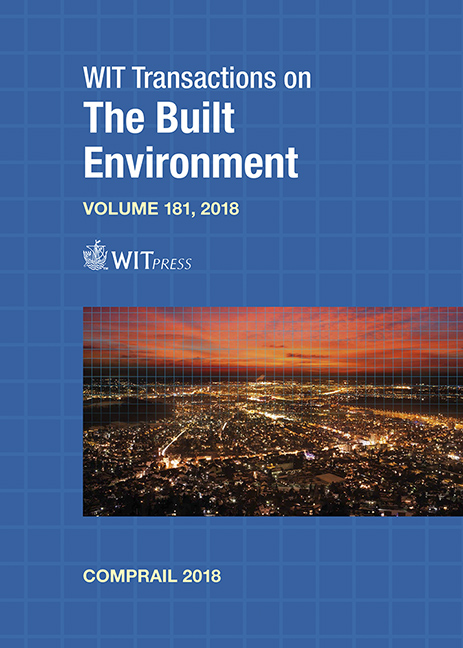OPTIMIZATION OF SPEED CHANGES AND ITS EFFECTS ON RUNNING TIME AND CAPACITY
Price
Free (open access)
Transaction
Volume
181
Pages
10
Page Range
297 - 306
Published
2018
Size
429 kb
Paper DOI
10.2495/CR180271
Copyright
WIT Press
Author(s)
WIEBKE LENZE, NILS NIEßEN
Abstract
In modern train control systems such as ETCS Level 2, cab signalling replaces the usual stationary trackside signalling. The display of permissible speeds on the cab itself allows a relocation of the speed change from the signal to the actual point of danger – in this paper the start of a switch. Additionally, it is possible to display the speed as an exact value instead of an indicator rounded down to the nearest ten. The investigation of several switches shows that optimized speed changes can significantly reduce the running time. In a result, minimum headway times are decreased and hence the capacity is increased. Requiring less running time for a section makes it possible to carry out more train movements with the same operating quality or to improve the operating quality for an unchanged number of trains.
Keywords
ETCS, signalling, speed changes, switch, travel time, capacity





